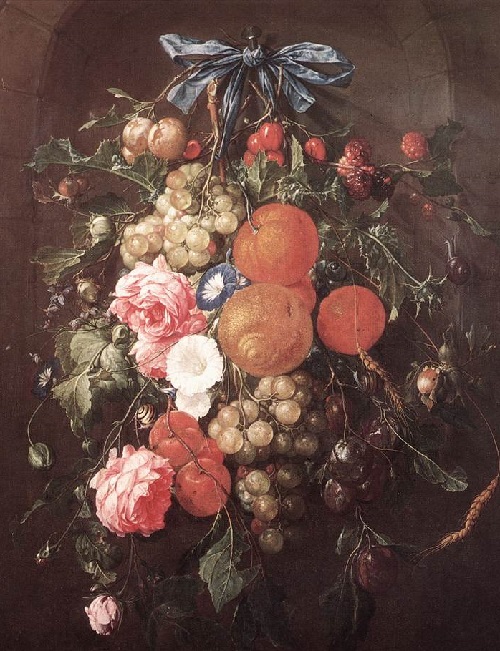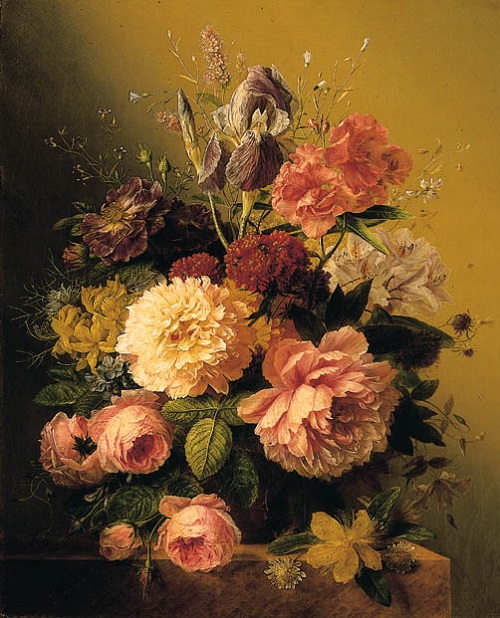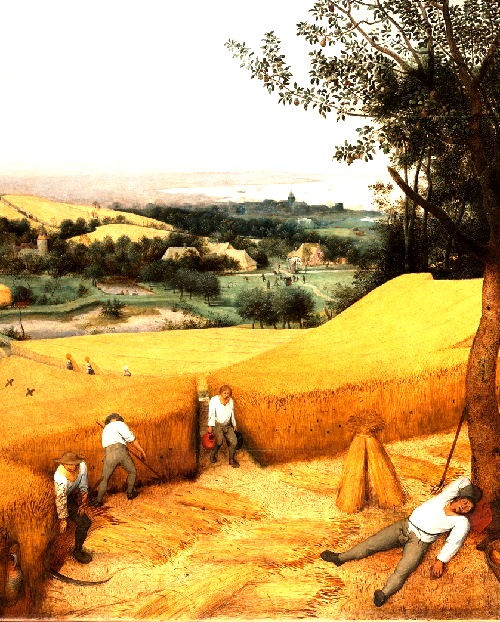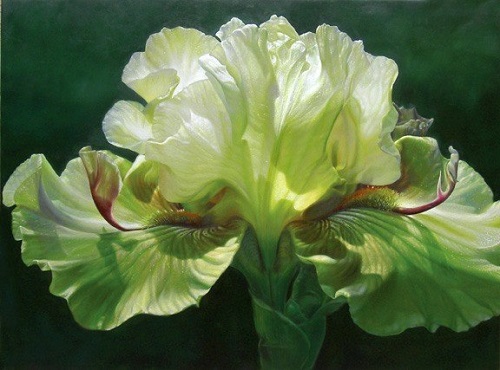Dutch painter Jan Davidszoon de Heem

Portrait of William III of England, aged 10, in a flower garland decorated with symbols of the House of Orange. Musée des Beaux-Arts, Lyon. Dutch painter Jan Davidszoon de Heem
Dutch painter Jan Davidszoon de Heem
Representative of Dutch and Flemish Baroque painting, Jan Davidszoon de Heem (b. 1606, Utrecht, d. 1684, Antwerpen) studied first under his father David de Heem the Elder (1570–1631). Also, under Balthasar van der Ast. Considered one of the greatest painters of his time, he was well paid and a portrait of Prince William III surrounded by a cartouche of flowers and fruit was sold for 2000 guilders. Noteworthy, it was one of the highest prices ever paid for a painting during the Dutch Golden Age.
His sons worked together with him in his workshop on the commissions for new paintings. He retouched their work and put his signature on the paintings.

Flowers in a Vase. Painting bought by Russian Empress Catherine the Great in 1768. It is now held by the Hermitage Museum

Still Life with Fruit, Flowers, Glasses and Lobster. 1660s. Oil on canvas. Royal Museums of Fine Arts of Belgium
De Heem was one of the greatest painters of still life in the Netherlands, combining a brilliance and harmony of color along with an accurate rendering of objects: various flowers, European and exotic fruits, butterflies and moths, snails and sea shells. His still lifes also included Vanitas still lifes, illustrations of a snake lying coiled under grass; a skull on plants in bloom. Gold and silver cups or tankards are suggestive of the vanity of earthly possessions. Salvation is seen allegorically as a chalice amid blossoms, and death as a crucifix in a wreath. Sometimes De Heem painted alone or with others, Madonnas or portraits in garlands of fruit or flowers.


















